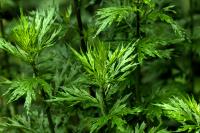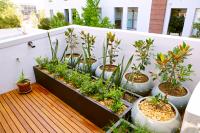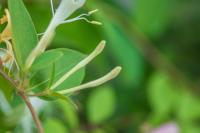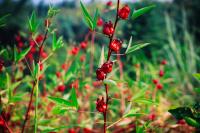1、 Maturity time
The ripening time of papaya is generally from September to October, but appropriate maintenance skills are helpful to promote fruit. In the first two years of planting, the flowers should be picked first. In the spring of the third year, pre flower fertilizer, fruit expansion fertilizer and autumn fertilizer should be applied. Urea and compound fertilizer are mainly applied before flowering, which can improve the fruit setting rate. At the fruit expansion stage, the amount of fertilizer should be greatly increased. Autumn fertilizer is mainly applied with soil miscellaneous fertilizer and ammonium bicarbonate, which can prepare for the high yield of the next year.
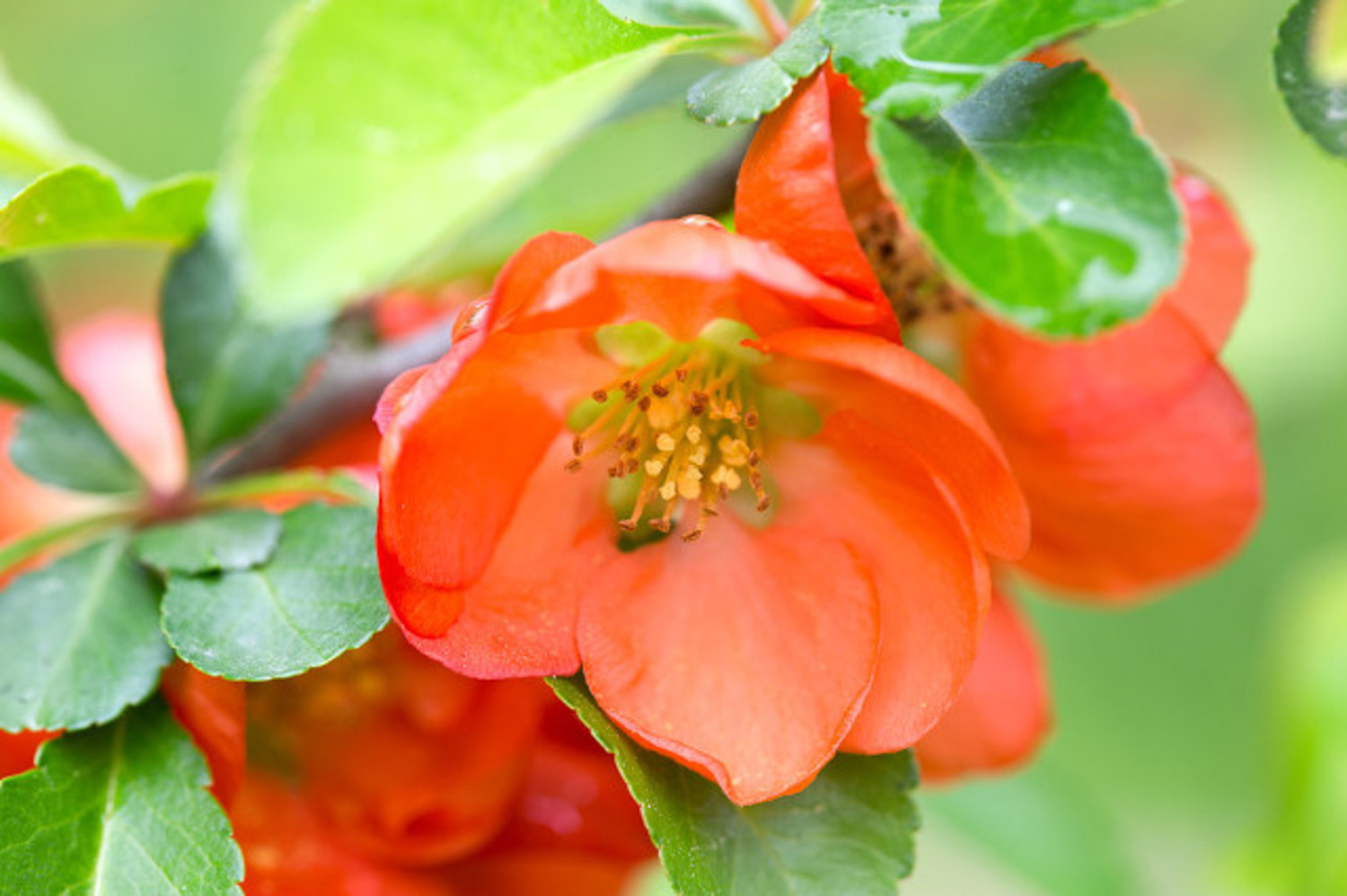
2、 How to distinguish
1. Look at the color: the easiest way to judge whether papaya is mature or not is to look at the color. Although the color of plants will vary according to the differences of varieties, they are basically mature when they are dark yellow, and if there are spots on the peel, it can better explain its maturity.
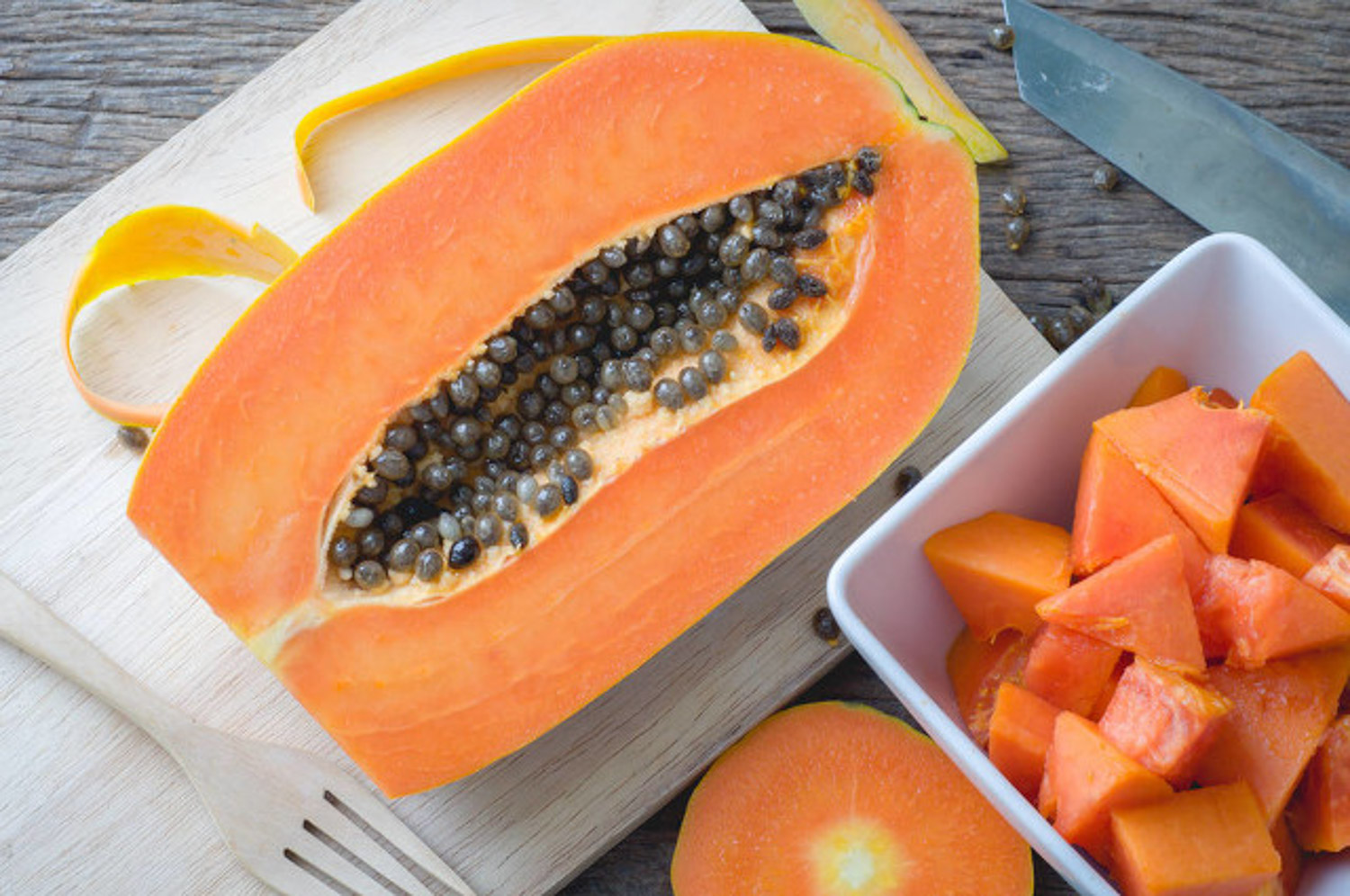
2. Smell: besides looking at the color, smell is also a good way to distinguish. Papaya itself contains fragrance, which will become stronger and stronger as it matures. If it is still raw, it can't smell it basically.
3. Press the belly: the last method to check whether papaya is mature is also very practical. That is to press the belly of the fruit. If it feels soft, it means it is mature, but if it is hard, it is not ripe. In addition, you should be able to bounce back after pressing it. If you press a pit one by one, it means that the fruit is ripe. This kind of fruit is not only difficult to preserve, but also has the risk of decay. It is usually not recommended to eat.
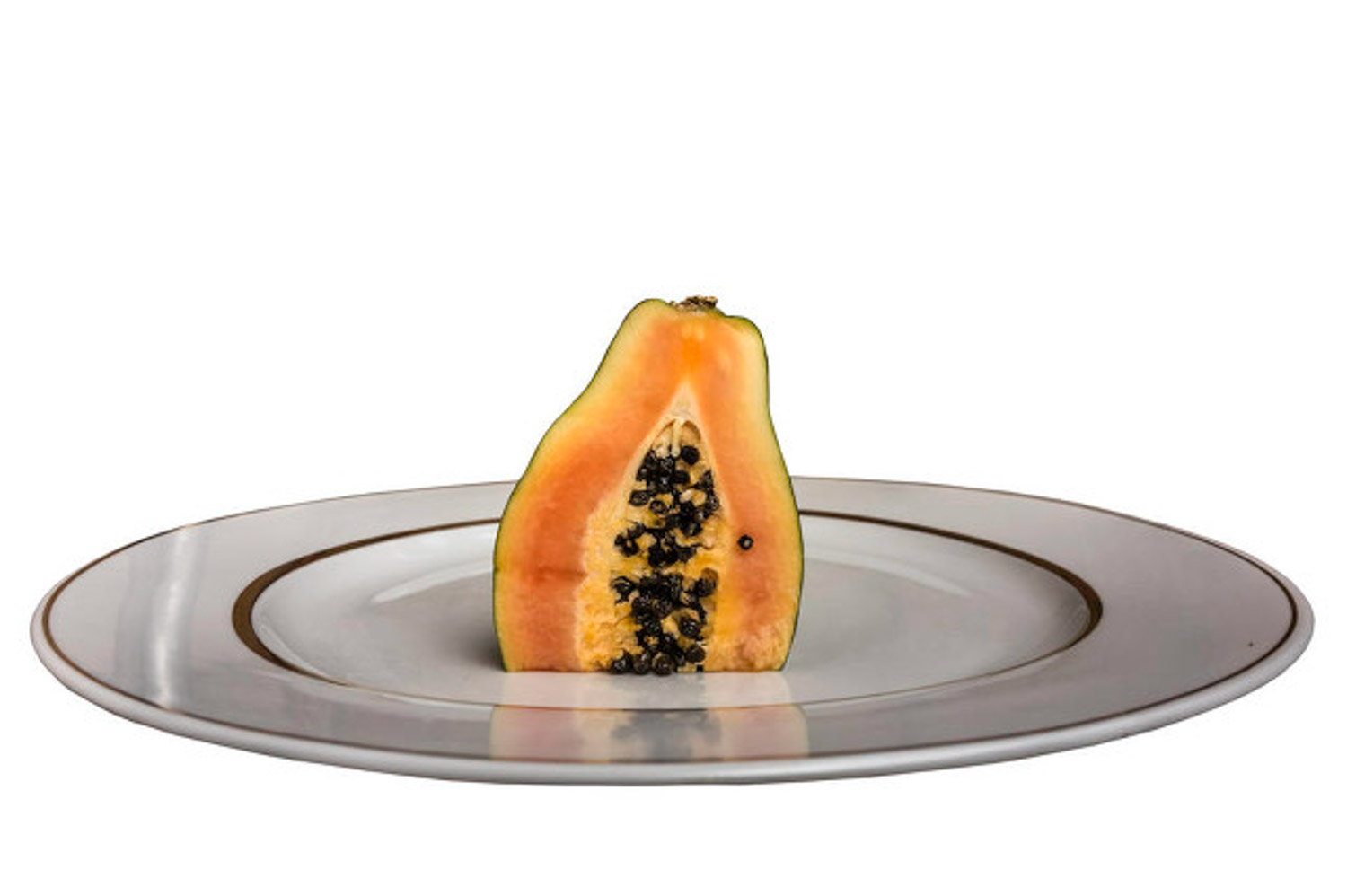
3、 Papaya pictures
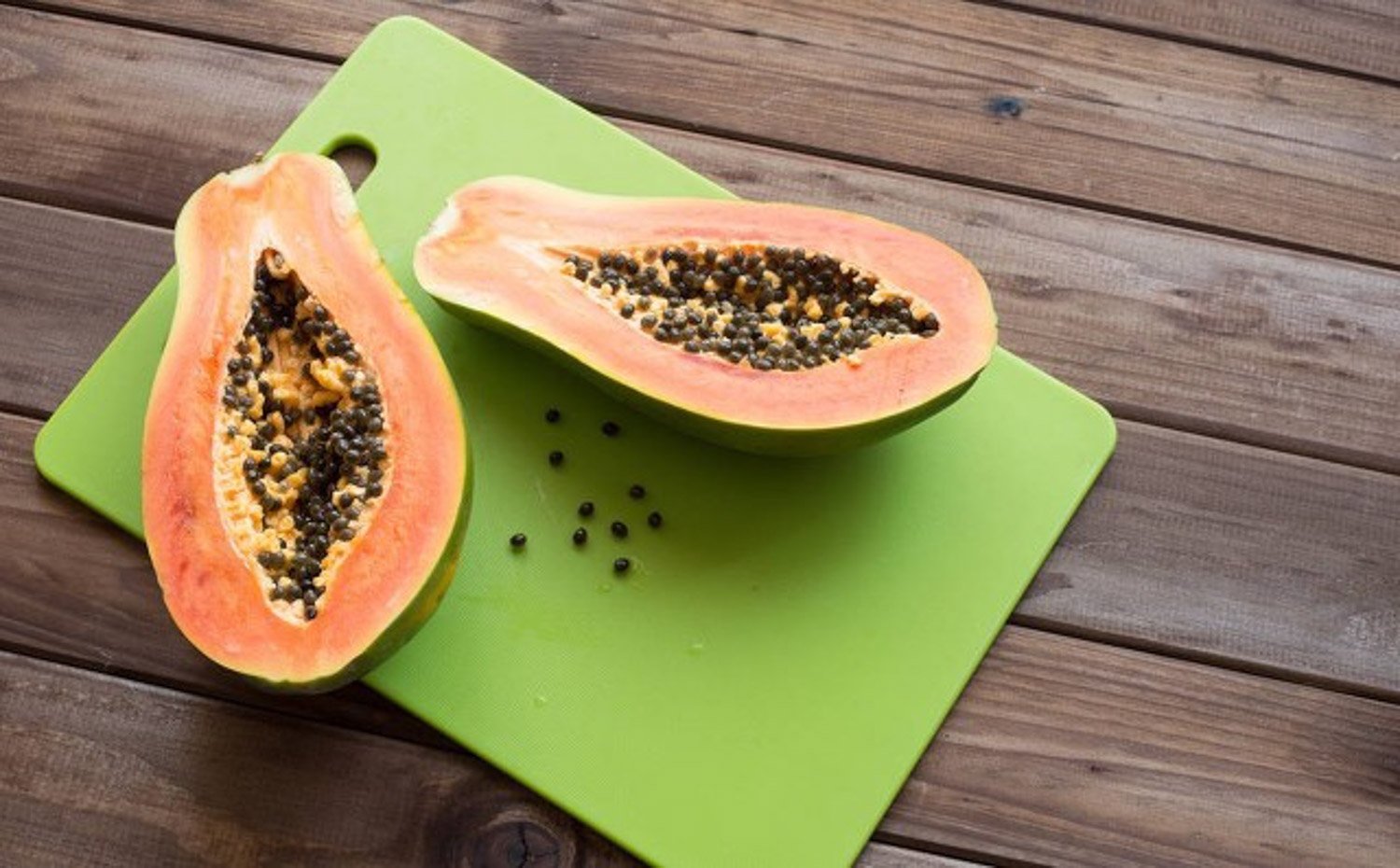
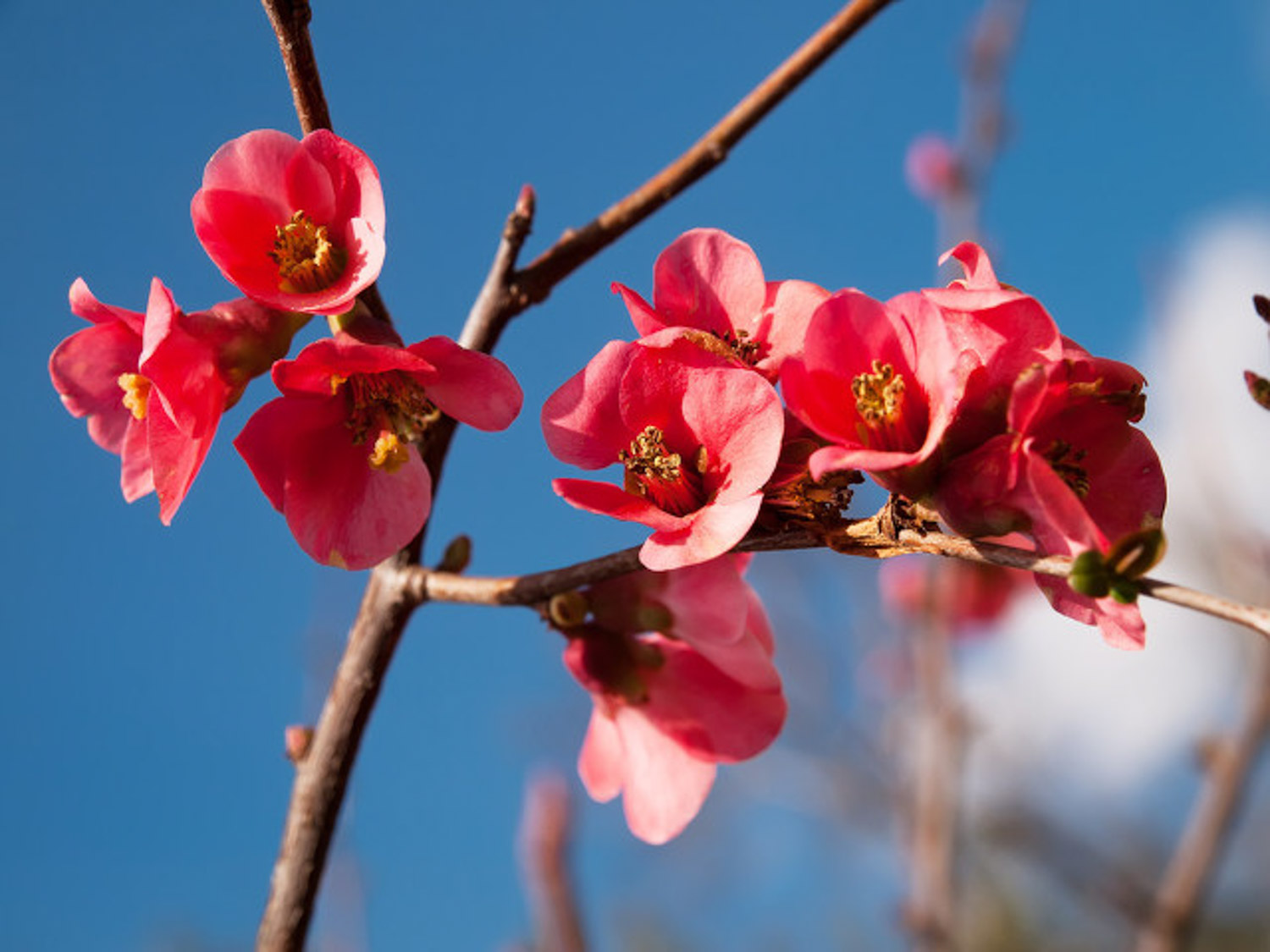

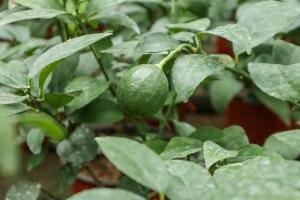 The efficacy and fun...
The efficacy and fun...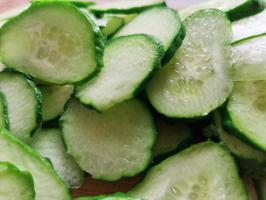 The efficacy and fun...
The efficacy and fun...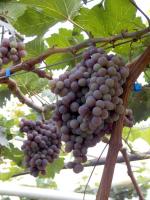 The benefits of eati...
The benefits of eati...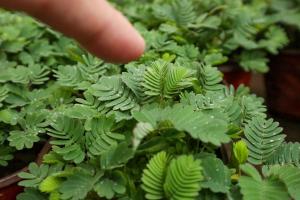 Why is Mimosa called...
Why is Mimosa called...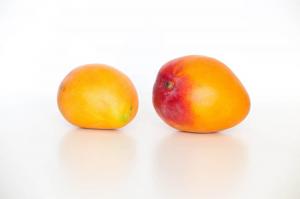 What can't mango be ...
What can't mango be ...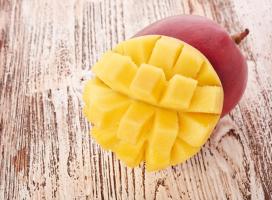 The efficacy and fun...
The efficacy and fun...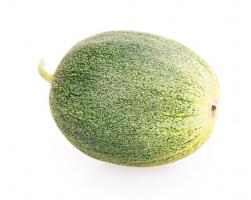 Is watermelon a frui...
Is watermelon a frui...



























